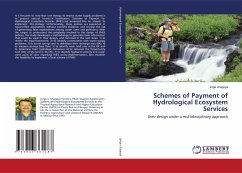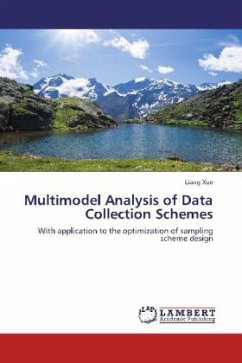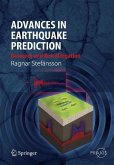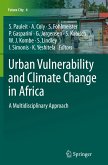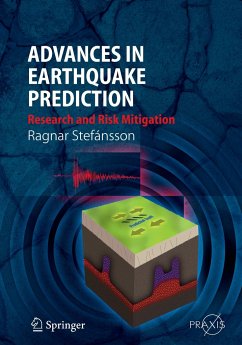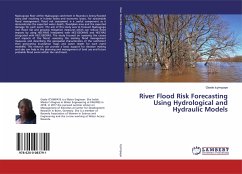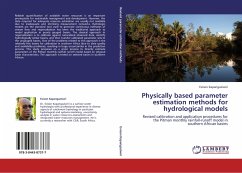It is frecuent to read that one stategy to resolve water supply problems is to protect natural forests in headwaters. Schemes of Payment for Hydrological Ecosystem Services (PHES) are proposed like an answer to implement this strategy. Unfortunately, these policies are supported in cause-effect assumptions without scientific evidence, and enclose the risk of generating false expectations among water users and politicians. With the target to understand the complexity involved in the design of PHES policies, this study developed a methodology to generate basic information that could be used in their design, and consisted in the next steps: 1) to review the legal framework; 2) to identify communities with water supply problems; 3) to locate springs and to delimitate their recharge area (RA); 4) to measure springs base flow; 5) to identify main land uses in the RA and to determine their hydrologic behaviour; 6) to calculate the Opportunity Cost (OC) of the land in the RA; 7) to identify highland lanlords and water users point of view regarding PHES policy implementation; 8)to establish the feasibility to implement a local scheme of PHES

